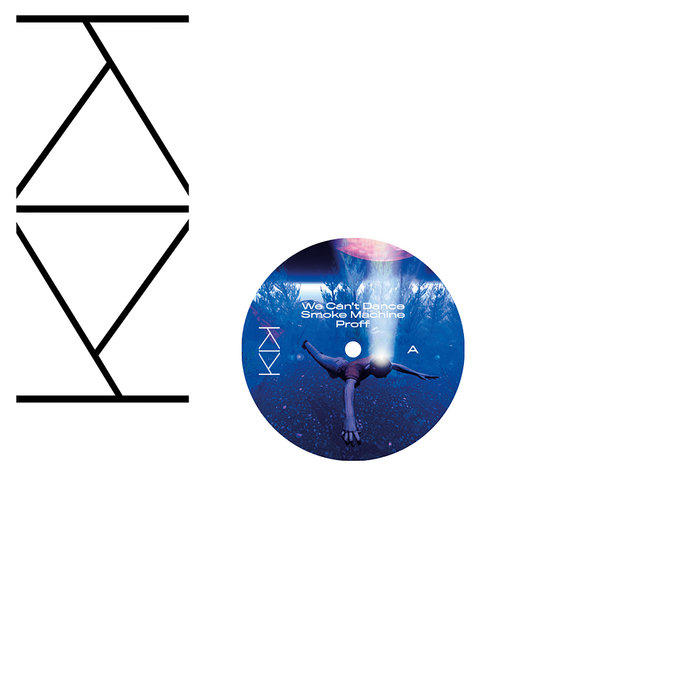It’s rare, but sometimes people working ‘untraditional’ hours can develop circadian rhythm disorders. These afflictions are often a result of the disruption your natural body clock experiences when subverting your sleep schedule, as your body doesn’t know when to wake up or go to sleep.
Portuguese duo KIK, consisting of Jonathan Uliel Saldanha and João Pais Filipe, will most definitely keep you awake and highly strung with their debut album, Nightshift, released on Porto-based label Horror Vector. Like its capitalist counterpart, Nightshift manages to shift the listener’s circadian rhythm. Its idiosyncratic drum patterns and penetrative synth melodies leave you with the unsettling feeling of being lopsided in the early hours of the morning.
The opening track ‘We Can’t Dance’ immediately begins with isolated, high-frequency bleeps as if a war-time code cracker is starting up. The drums sound like footwork’s scarier brother. ‘Proff’ has similar off-kilter proportions. Low octave acidic basslines crescendo into panning plucks, before pounding kick drums join in on the fun. This track marks a slight return to sanity after ‘Smoke Machine’, a song which encompasses the constant feeling of falling over. It even includes someone laughing at you throughout the entirety of the track, as if you actually have fallen flat on your face.
‘Proff’ and ‘We Can’t Dance’ are tracks functioning at high BPMs. They are invigorators to move and groove. Their maximalist nature serves as a means of escapism. ‘Limping’ and ‘Tactical Gear’ both fit this bill too. In ‘Tactical Gear’, percussion comes bounding into the track, fouling any remains of a sonic palette that might exist five songs into this album. Echoed synth leads swell into sporadic chords before abruptly stopping. It’s an example of calculated madness – and makes moments of tranquility all the more pleasing.
These moments of composure do come. ‘Back Room’ sees a synth lead pass through high-pass and low-pass filters, before being joined by an off beat kick. Atmospheric pads join the party and lather the percussion in a foam of dreaminess to bring the aforementioned serenity, which feels well deserved.
The title track, ‘Nightshift’, leaves the listener in another feeling of repose. The last two minutes of the track consist of little percussion, but just a throbbing bass amongst heavenly pads and ticking hi-hats. This breakdown is a signifier of the sonic experiment winding down, the machine being able to relax, and the listener’s heart rate calming. Despite this, there will surely be long-lasting effects from this Nightshift on our circadian rhythms.



